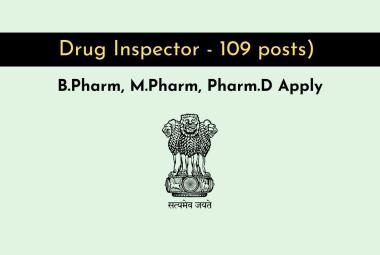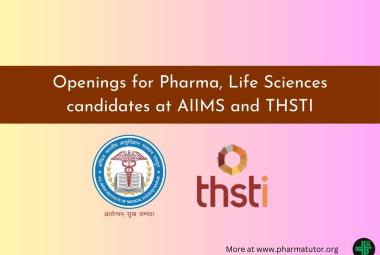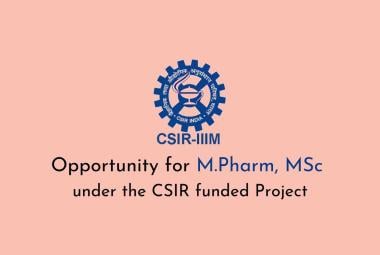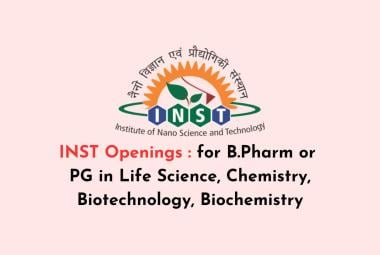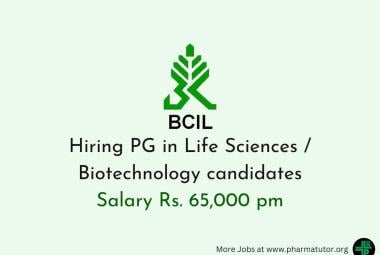SUSTAINED RELEASE EFFERVESCENT FLOATING BILAYER TABLETS A REVIEW OF NOVEL APPROACH
{ DOWNLOAD AS PDF }
 ABOUT AUTHORS
ABOUT AUTHORS
*P.Dhaneshwar1, P.Stephen2, A.N.RAJALAKSHMI1
1* Department of Pharmaceutics,
College of pharmacy,
Mother Theresa Post Graduate & Research Institute Of Health Sciences, Puducherry, India
2 Sai mirra innopharm pvt ltd,
Ambattur, Chennai, India
*dhanesh7pharma@gmail.com
Drug absorption in the gastrointestinal tract is a highly variable process and prolonging gastric retention of the dosage form extends the time for drug absorption. Novel drug delivery system overcomes the physiological problems of short gastric retention through various approaches including floating drug delivery systems (FDDS), these systems float due to bulk density less than gastric fluids and so, remain buoyant in the stomach for a prolonged period of time, releases the drug slowly at the desired rate from the system and increase the bioavailability of narrow absorption window drugs. This review entitles the applications of sustained release effervescent floating bilayer tablets, suitable for sustained release of those drugs incompatible with floating constituents over an extended period of time for better patient compliance and acceptability. The purpose of this paper is to review the principle of sustained release effervescent floating drug delivery system, current technology used in the development of same as well as summarizes the applications, advantages, methodology, evaluation methods and future potential for sustained release effervescent floating bilayer tablets


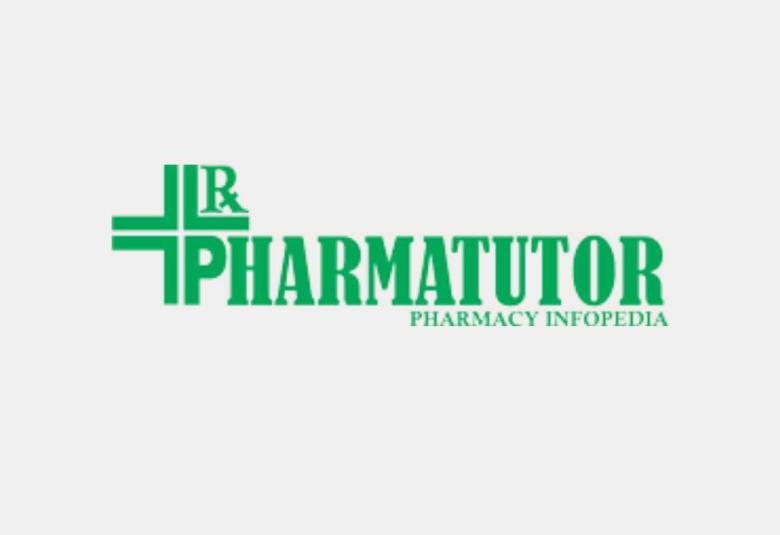




 About Authors:
About Authors:
